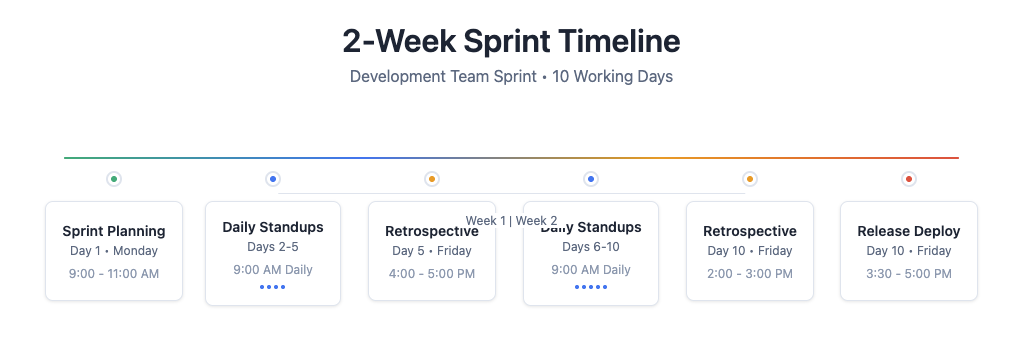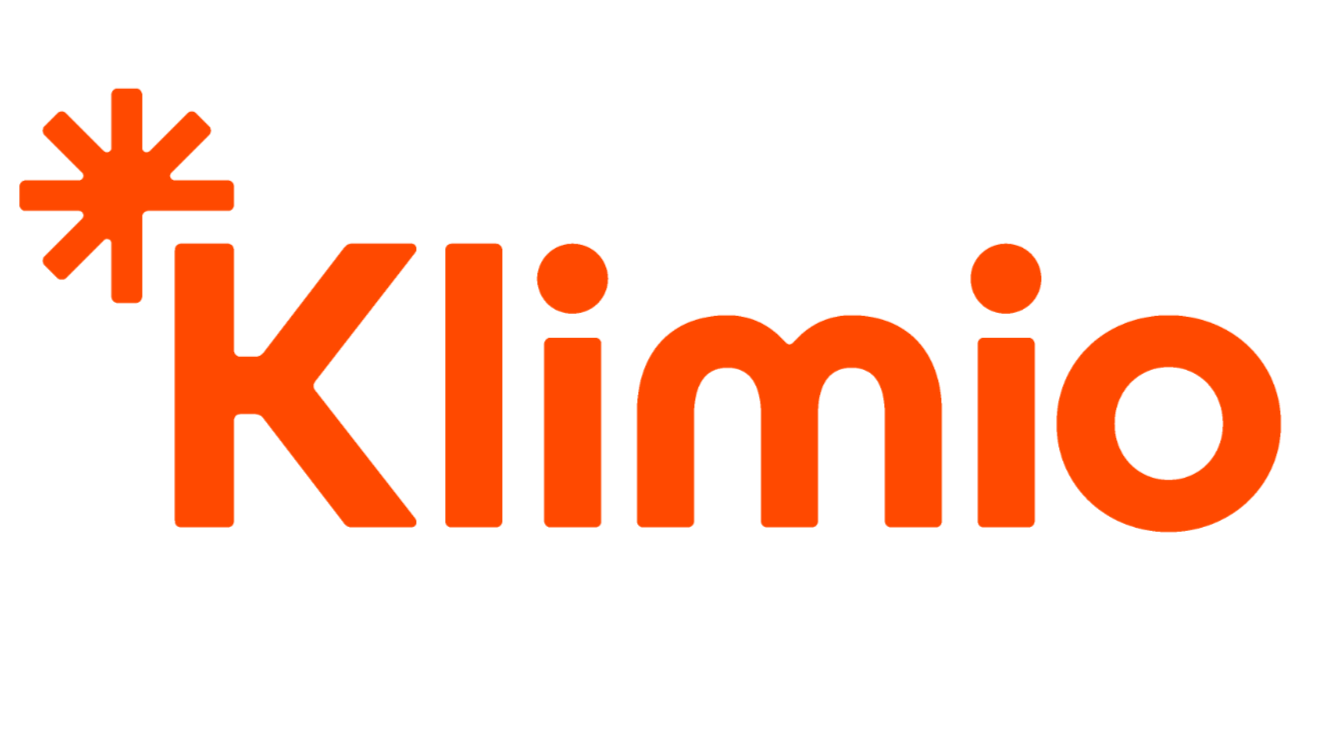Our Core Business Processes
Our roadmap follows a proven implementation methodologies combined with digital transformation research principles. Each phase builds systematically on the previous, ensuring comprehensive business process digitization and operational excellence.
This business process will give a clear understanding of how we approach platform development, from initial customer management to advanced analytics. Each phase is designed to integrate seamlessly with the next, creating a cohesive and efficient workflow that enhances both operational efficiency and customer satisfaction.
So, if you have a great idea for feature implementation without deviating from this pipeline, you can be sure that the team will be gladly to hear it from you.
Foundation
→
Customer Management
→
Operations
→
Field Operations
→
Financial Control
→
Integration
→
Analytics
This is WHY we do what we do:
It is easy to forget the big picture when you are deep in the details of building a feature or fixing a bug.
But every line of code, every feature, and every improvement is part of a larger vision to create a platform that gives the most values to our stakeholders, especially our customers.
Process Efficiency
Streamlined workflows and automated processes reduce manual work and improve operational efficiency
Data-Driven Decisions
Comprehensive analytics and reporting enable informed strategic and operational decision making
Field Productivity
Mobile tools and digital workflows enhance technician productivity and customer service quality
Financial Control
Integrated financial management provides complete visibility into costs, profitability, and cash flow
How do we build our platform?
We follow the Agile methodology to ensure that we can adapt to changing requirements and deliver value incrementally. This approach allows us to respond quickly to feedback and continuously improve our processes and products.
Our Agile process includes regular
sprint planning, daily stand-ups, sprint reviews, and retrospectives to ensure that we are always aligned with our goals and can make necessary adjustments.
From our
Product Roadmap, we break down the work into manageable 2-weeks sprints, each focusing on delivering specific features or improvements.
These features and improvements are captured in
user stories, tasks, and sub-tasks, which are prioritized based on customer value and business impact.
Breakdown of the roadmap phases to tickets
Each phase of our roadmap is broken down as follows:
Sub Phase (Features)
Sub Phase (Features)
EPIC (Feature)
EPIC (Feature)
EPIC (Feature)
EPIC (Feature)
Story (Ticket)
Story (Ticket)
Task (Ticket)
Story (Ticket)
Task (Ticket)
Story (Ticket)
Task (Ticket)
Story (Ticket)
Once we have the roadmap phase defined, we break it down into sub-phases, which are then further divided into EPICs (features) and finally into user stories or tasks. Each user story or task is assigned to a sprint, where it will be developed, tested, and delivered.
Our 2-weeks sprint cycle allows us to focus on delivering value quickly while maintaining flexibility to adapt to changing requirements. This is how our sprint cycle looks like:

How do we work with the tickets?
Here is our workflow when we are working on a story or a task (we just usually call them ticket):



